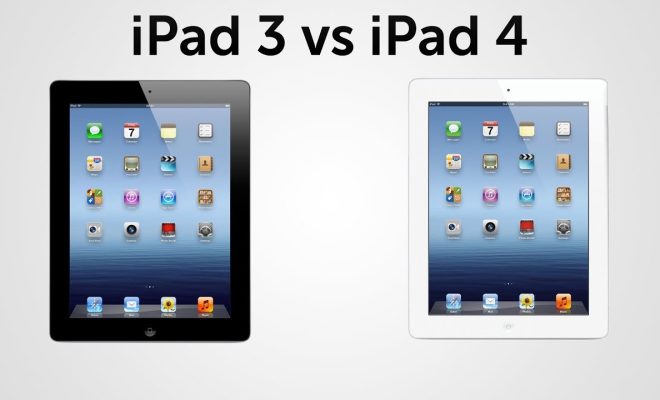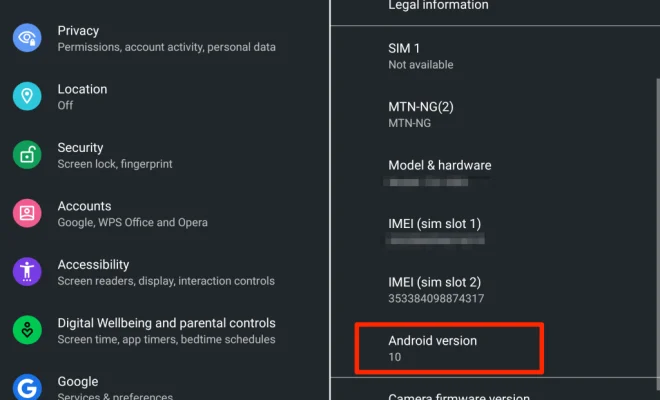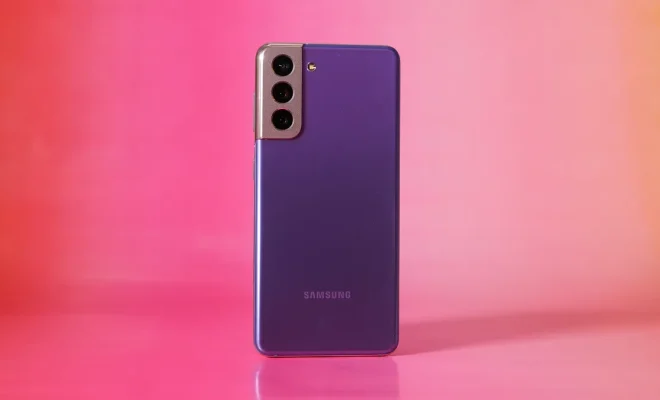The first Motorola Razr shines just as brightly

The original Motorola Razr, first released in 2004, redefined the mobile phone industry with its stunning, ultra-thin design and opened the flip to a world where phones were not just communication devices but fashion statements. The Razr, with its sleek metallic body and etched keypad, was a pioneer that introduced style and form factor as pivotal selling points in mobile devices.
At its peak, the Razr V3 model was the epitome of phone sophistication and coolness. Its iconic clamshell design meant that it could slip into the tightest pockets with ease, and flipping it open with a swift motion became synonymous with the height of early-2000s technological swagger. It wasn’t just about its looks; the Razr delivered functionality that, at the time, was cutting-edge. It featured a color screen inside and an additional display on the outside for notifications – both of which were relatively new concepts for phones at that time.
The Razr’s influence extended beyond its physical features – it played a significant role in pop culture. Celebrities were often photographed with their Razr in hand, solidifying its status as a luxury accessory rather than just a phone. Its popularity spanned various demographics, from business professionals who appreciated its Bluetooth connectivity to younger users drawn to its chic form.
Motorola’s marketing strategy for the Razr was as distinct as the phone itself. With aggressive advertising campaigns and a hefty price tag, the Razr was positioned not merely as a gadget but as an aspirational product. Over 130 million units were sold over four years, making it one of the bestselling clamshell phones of all time.
But beyond numbers and sales figures, the first Motorola Razr left an indelible mark on mobile phone design that can still be felt today. Current smartphone manufacturers often seek to capture that same blend of functionality and form that once made the Razr revolutionary. The modern reimagining of the Motorola Razr continues this legacy by trying to balance nostalgia with innovation.
In conclusion, even after nearly two decades since its debut on the tech stage, the first Motorola Razr shines just as brightly in memory. Its enduring design language reminds us that in technology, what works well often ages well too; hallmarks of timeless design are always revered. The Razr wasn’t just a device – it was a cultural phenomenon that helped chart a course for innovation and style in personal electronics.





